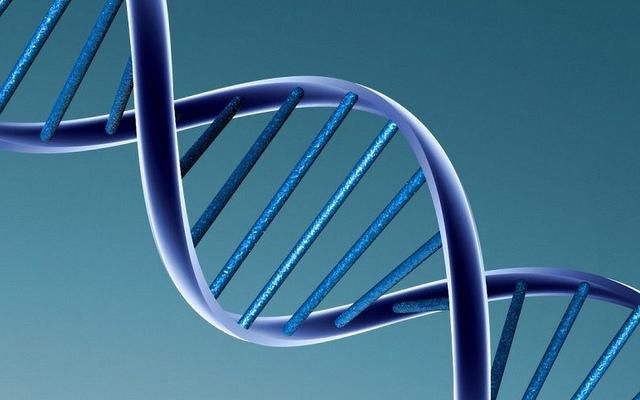-
 Anthelminthics
Anthelminthics
-
 Embryo
Embryo
-
 Chemical graining
Chemical graining
-
 Mira Ceti
Mira Ceti
-
 Efferent
Efferent
-
 Semi-crystalline polymer.
Semi-crystalline polymer.
-
 Mumps
Mumps
-
 Rhesus macaque
Rhesus macaque
-
 Keplerian orbit
Keplerian orbit
-
 Differentiation
Differentiation
-
 Triazine
Triazine
-
 Latent
Latent
-
 Computer science
Computer science
-
 Heliocentric
Heliocentric
-
 SAFER
SAFER
-
 Ekpyrotic cosmology
Ekpyrotic cosmology
-
 Eris
Eris
-
 Confocal laser scanning microscope
Confocal laser scanning microscope
-
 Morphing
Morphing
-
 Ambulatory
Ambulatory
-
 Mesoderm
Mesoderm
-
 AIDS
AIDS
-
 Key management
Key management
-
 Colour
Colour
-
 Cardiac cycle
Cardiac cycle
-
 RFT
RFT
-
 Phoneme
Phoneme
-
 STU-III
STU-III
-
 Diffusion
Diffusion
-
 Wheel motor
Wheel motor
Nuclease
Structure of nucleases
Like all enzymes, nucleases are proteins which have an active site for the enzyme reaction and a target molecule recognition site which gives the reaction its specificity.
Function of nucleases
Nucleases break phosphodiester bonds between nucleotides. There are two types of these enzymes:
There are also the ribonucleases which only act on ribonucleic acids (RNA), together with the deoxyribonucleases which cleave deoxyribonucleic acid (DNA).
Some nucleases have particular specificity for specific groups of a few nucleotides: these are the restriction enzymes.
 DNA can be cleaved by deoxyribonucleases. © Caroline Davis, Flickr, CC
DNA can be cleaved by deoxyribonucleases. © Caroline Davis, Flickr, CC
Latest
Fill out my online form.



